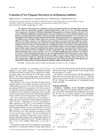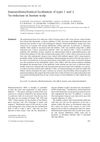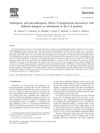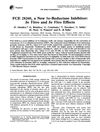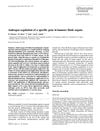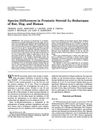Synthesis and Pharmacological Evaluation of New 16-Methyl Pregnane Derivatives
January 2002
in “
Chemical & pharmaceutical bulletin/Chemical and pharmaceutical bulletin
”
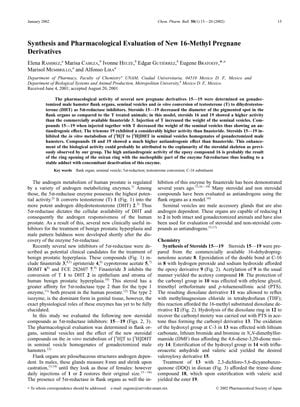
TLDR New pregnane derivatives were more effective than finasteride at inhibiting a key enzyme for male pattern baldness.
In a study from 2002, researchers evaluated the pharmacological activity of new pregnane derivatives (compounds 15—19) as potential inhibitors of 5α-reductase, an enzyme involved in the conversion of testosterone (T) to dihydrotestosterone (DHT), which is a key factor in androgenic alopecia. These compounds were tested on gonadectomized male hamster flank organs, seminal vesicles, and through in vitro conversion of T to DHT. The results showed that these steroids reduced the diameter of pigmented spots on flank organs and decreased the weight of seminal vesicles when injected with T, indicating an antiandrogenic effect. Notably, compounds 16 and 19 demonstrated higher activity than the commercially available finasteride. Additionally, compounds 18 and 19 showed a much higher antiandrogenic effect than finasteride, which could be due to the coplanarity of the steroidal skeleton. The epoxy compound 16's high antiandrogenic activity was likely due to its interaction with 5α-reductase, leading to enzyme deactivation.
